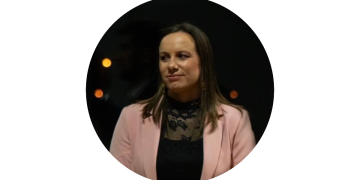Today the European Commission released its proposal for a regulation to set a framework around carbon removals’ certification following its communication last year. In view of the multiplication of grassroots initiatives across the continent, an attempt at harmonising and structuring the sector is welcome. Yet, it is hard to get a precise picture of the framework as the proposal on the table still lacks clarity – many important elements will be decided by delegated acts. Copa and Cogeca regret the very restrictive definition given to carbon farming practices which excludes all mitigation activities from its scope of application.

Carbon farming has been a topic of discussion in agriculture for many years now. It is not a silver bullet or a standard solution that can be applied everywhere in a uniform way, but it is a pragmatic option for achieving concrete results on the ground. Numerous initiatives have been developed all over Europe, with very different models and approaches. In this regard, Copa and Cogeca support the Commission’s intent to incentivize and structure the uptake of carbon removal following a market-oriented approach.
On such a technical file, the operational elements chosen are key to the success of the overall framework. The European farming and forestry community was understandably waiting for clarification following the launch of this regulation. Unfortunately, the text presented today leaves most of the methodological issues unanswered as they will be developed through delegated acts (eg. with Article 8). Conversely, in its annexes, the text goes too far by proposing the publication of sensitive data, such as contact details of operators, as well as the location of the activity capturing carbon. If this information is to be collected, a minimum aspect of privacy must be guaranteed.
One of the most problematic at this stage is on the definition given to carbon farming (article 2) as the proposal only considers a very limited fraction of agricultural practices in terms of emission reduction. Only “net greenhouse gas removals” are eligible for certification, while mitigation practices that farmers and cooperatives could implement are not included in the text. Practices, such as the addition of feed additives, the development of low emission buildings or the use of precision fertilisers, have a real impact on limiting emissions. It is difficult to understand why these practices, which have a real cost for farmers, could not be considered in the final scope of the certification. In addition, the envisaged system of accreditation is extremely burdensome in administrative terms.
We therefore call on the European Parliament and the Council to address this issue in the coming months to simplify the schemes and introduce more pragmatism and subsidiaries to encourage farmers to get involved in large numbers. Under these conditions, carbon farming can be successful.
Artigo publicado originalmente em Copa Cogeca.


















































